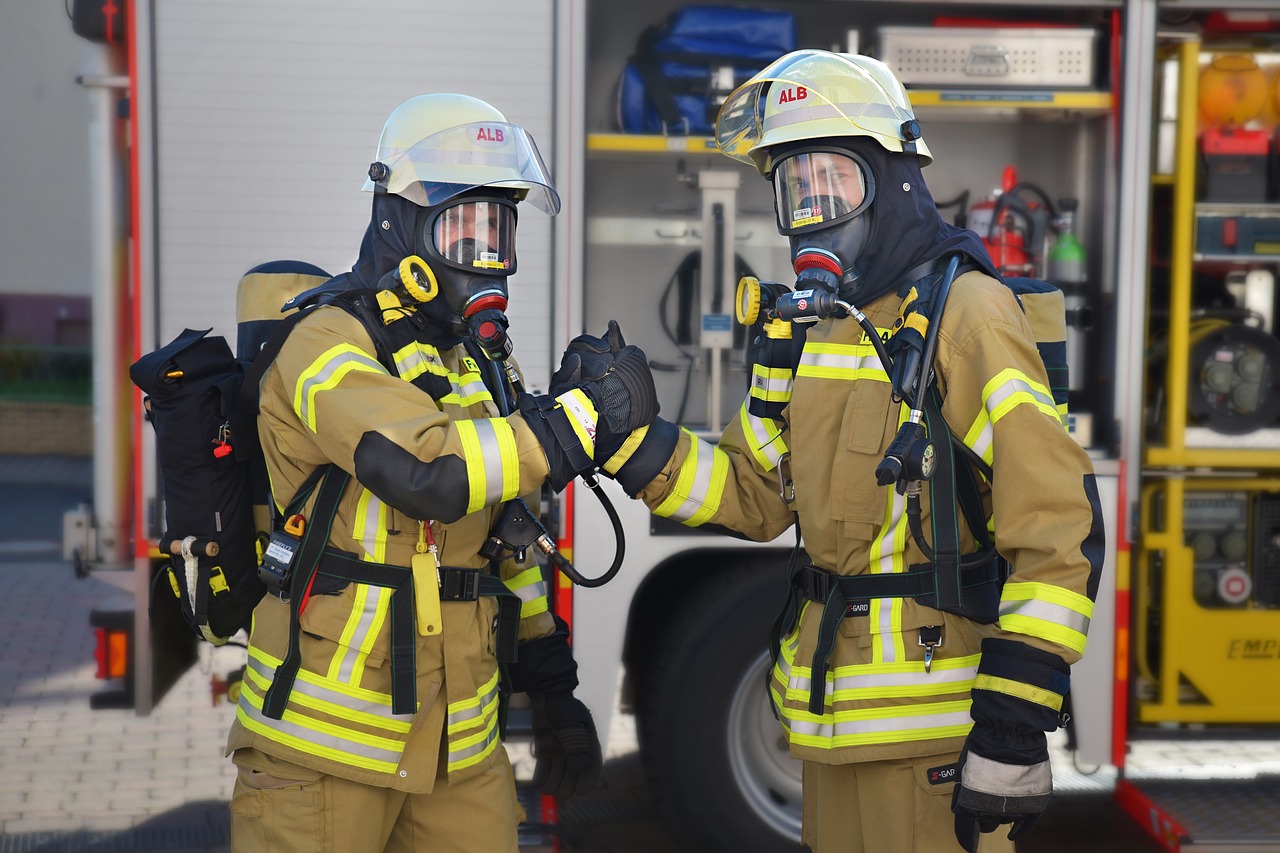Many communities and organizations are realizing the importance of fire prevention education in schools and businesses. By offering fire prevention workshops, you can equip individuals with lifesaving knowledge and skills to prevent fires and respond effectively in case of an emergency. In this guide, we will walk you through the steps to successfully create and deliver fire prevention workshops to schools and businesses. From planning engaging content to establishing partnerships with schools and companies, this resource will provide you with the tools and strategies needed to make a meaningful impact in promoting fire safety within your community.
Preparing the Workshop Content
Factors to Consider When Designing Your Workshop
Your fire prevention workshop content should be tailored to the specific needs and interests of your audience, whether it be students or business professionals. Consider factors such as the age group, industry, and knowledge level of the participants. Additionally, think about the time constraints and resources available for delivering the workshop effectively. This will ensure that your content is relevant, engaging, and impactful.
- Age group and knowledge level of participants
- Industry or field of work
- Time constraints and available resources
This will help you in designing a workshop that is well-suited to the audience you are targeting.
How to Create Engaging and Informative Material
There’s no one-size-fits-all approach when it comes to creating engaging and informative workshop material. It’s important to strike a balance between providing valuable information and keeping the audience engaged throughout the session. Incorporate a mix of visuals, interactive activities, real-life examples, and case studies to make the content more relatable and understandable. By doing so, you can ensure that participants not only learn about fire prevention but also retain the information for future use.
Engaging the audience through interactive elements such as quizzes, group discussions, and hands-on activities can help reinforce key concepts and make the workshop more memorable. Remember to create a mix of content formats, such as presentations, videos, and hands-on demonstrations, to cater to different learning styles and preferences.
Organizing the Workshop
Tips for Coordinating with Schools and Businesses
Clearly, organizing fire prevention workshops for schools and businesses requires effective coordination. When working with schools and businesses, it is important to establish clear communication channels, understand their specific needs and schedules, and provide all necessary materials and resources. Building a strong partnership based on trust and transparency will ensure a successful workshop that meets the unique requirements of each organization.
- Communicate clearly and regularly with schools and businesses.
- Understand the specific needs and schedules of each organization.
- Provide all necessary materials and resources for the workshop.
This collaborative approach will help create a meaningful and impactful fire prevention workshop for schools and businesses. Be mindful of, the goal is to educate and empower individuals to prevent fires and keep their environments safe.
Setting the Schedule and Logistics
Schools and businesses often have busy schedules, making it crucial to plan the workshop at a convenient time for all participants. Even though coordinating dates and logistics can be challenging, it is important to be flexible and accommodating. Setting up the workshop in a location that is easily accessible and ensuring all necessary equipment is in place will help streamline the process and make the event run smoothly.
Tips for setting the schedule and logistics include: clearly defining the workshop objectives and duration, coordinating with school or business administrators for space and equipment arrangements, and sending out reminders to participants closer to the event date. This proactive approach will help ensure a successful workshop that is well-attended and effective in promoting fire prevention awareness.
Delivering the Workshop
Best Practices for Presenting the Information
One of the necessary aspects of delivering a successful fire prevention workshop is to ensure that the information is presented clearly and effectively. Factors such as using simple language, engaging visuals, and real-life examples can help to convey the importance of fire safety measures to the audience.
How to Conduct Interactive and Practical Sessions
On conducting interactive and practical sessions, it is crucial to incorporate hands-on activities, such as fire extinguisher demonstrations or fire drill simulations, to make the content more engaging and actionable for participants. This approach can help to reinforce key fire safety concepts and equip attendees with practical skills to handle fire emergencies effectively.
Post-Workshop Activities
Providing Further Resources and Support
To ensure the information shared during the fire prevention workshops is reinforced and implemented, it is crucial to provide further resources and support to the participants. This can include distributing informative handouts, sharing online resources, or offering follow-up consultations to address any specific questions or concerns.
Getting Feedback to Improve Future Workshops
Clearly communicating with participants to gather feedback is important for improving future workshops. This can be done through post-workshop surveys, one-on-one discussions, or even focus groups. By listening to the feedback provided, adjustments can be made to enhance the quality and effectiveness of upcoming workshops.
The feedback collected from participants can provide valuable insights into the strengths and weaknesses of the workshop. It can help identify areas that need improvement and highlight topics that resonated well with the audience. Utilizing this feedback can lead to more engaging and informative workshops in the future, ultimately benefiting both schools and businesses.
Final Words
So, offering fire prevention workshops to schools and businesses is a crucial step in promoting safety and preparedness in the community. By providing valuable information on fire hazards, prevention strategies, and emergency protocols, you can empower individuals to protect themselves and others from potential disasters. Remember to tailor the workshops to the specific needs of each audience, utilize engaging and interactive teaching methods, and follow up with resources for ongoing education. By taking these proactive measures, you can make a significant impact in reducing the risk of fires and ensuring the safety of those around you.


